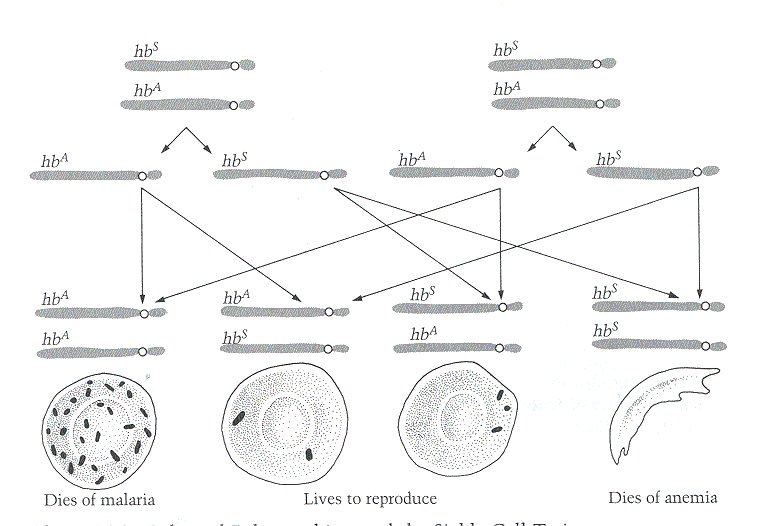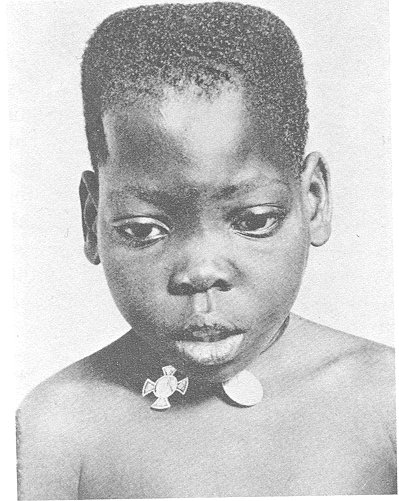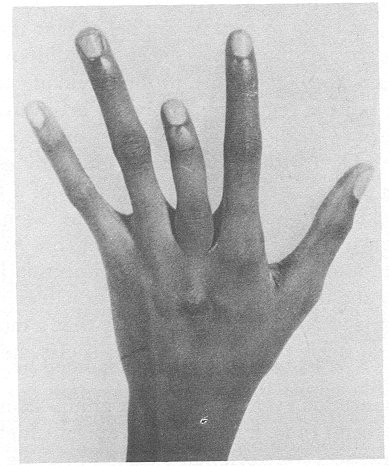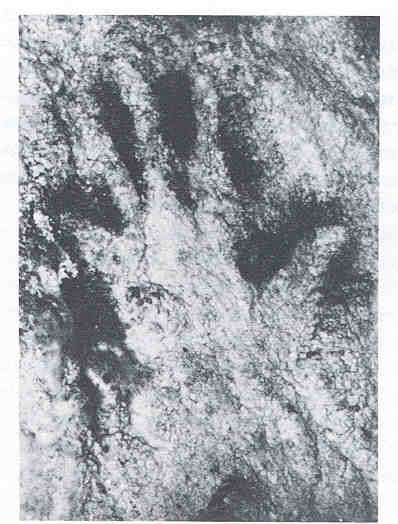Social Aspects of Sickle Cell Anemia
Right now about 1 in 10 African Americans has the sickle
cell trait. A person with the sickle cell trait is heterozygous for
the genetic allele of sickle cell anemia (The allele of sickle cell anemia
is the transversion discussed in the last page. This means that the person
is a carrier for that allele but under normal circumstances does not show
the symptoms associated with the disease sickle cell anemia. Sickle cell
anemia is sometimes called a recessive disorder because the symptoms are
usually evident only in persons homozygous for the sickle cell allele.
Although this seems true due to the normal carrier phenotype this is not
the case. Carriers are different in a person with sickle cell anemia in
the fact that a person with the disease lacks no normal alleles while the
carrier has a good allele that keeps the sickle cell hemoglobin from polymerizing
under normal conditions.
Carriers under extreme de-oxygenated conditions will exhibit
similar characteristics to persons homozygous for the sickle cell anemia
allele. Usually the HbS hemoglobin traits are not expressed enough to cause
the carriers harm, but actually give a small protection to the carrier
against malaria.
The first mutation of the b -globin gene is thought to be in the African
area around 1000BC to 1000AD (Edelstein,
1986). From the point at which the first mutation evolved some part
of the mutation had to confer some type of advantage to the carrier. This
adaptive advantage allowed more of the offspring to survive to propagate,
and gradually to create a balance between the new mutant and the old b
-globin. Sickle cell trait does give some advantage as a child being afflicted
with malaria, but only if the child is heterozygous for the mutation. Homozygous
individuals are afflicted with sickling cells, enlargement of the spleen,
liver damage and the tendency to die young. Only fifty percent of individuals
with sickle cell anemia disease will live to adult hood today.
This trait does not seem pleasant today, but for some
tribes in Africa the trait is socially selected for and part of their society.
In the Igbo tribes
(having a 25% of the tribe as sickle cell carriers) it is thought that
the malformations, such as the bossed
skull, that sometimes come with the sickle cell anemia trait and disease
are beautiful or that they confer some association with the spirits of
the dead (such as shortened fingers or toes ). Even those not afflicted with the trait tend to cut off fingers or mutilate
their children in some way to be more "protected" from the early death
that a previous child has suffered. Some of the same mutilations are characteristic
of the sickle cell disease and children already born with them are called
"obanje"
by the Igbo tribe (translated as "children who come and go"). The "obanje"
are considered special and may be mutilated further with the notching of
the ears or the cutting of one of their fingers to protect them from being
taken away early or from returning to become another "obanje". This characteristic
of the "obanje" is not localized to one tribe, but is seen in many tribes
with a similarly high population percentage of sickle cell carriers. Evidence
even suggests that perhaps this trait of missing or amputated fingers has
been going on from the prehistoric ages.
). Even those not afflicted with the trait tend to cut off fingers or mutilate
their children in some way to be more "protected" from the early death
that a previous child has suffered. Some of the same mutilations are characteristic
of the sickle cell disease and children already born with them are called
"obanje"
by the Igbo tribe (translated as "children who come and go"). The "obanje"
are considered special and may be mutilated further with the notching of
the ears or the cutting of one of their fingers to protect them from being
taken away early or from returning to become another "obanje". This characteristic
of the "obanje" is not localized to one tribe, but is seen in many tribes
with a similarly high population percentage of sickle cell carriers. Evidence
even suggests that perhaps this trait of missing or amputated fingers has
been going on from the prehistoric ages.

Another correlation between social habits and sickle cell
anemia is some tribes eating habits. In 1983 Durham found a "strong correlation"
between the high percentage of carriers in certain populations and the
consumption of yams. This correlation is only valid when one takes into
account the rainfall in the areas examined. It has been hypothesized that
yams might give the sickle cell disease suffers an advantage to live longer
than normal and thus propagate due to a hemoglobin influencing property
in the yams. The influence this would have in the population would to increase
the amount of sickle cell carriers in the population. Without looking at
the rainfall correlation against yam consumption this would not fit with
the known facts about sickle cell anemia because it is the exact properties
of sickle cell anemia that give the population a resistance against malaria
and thus the worth to the sickle cell anemic trait. When one looks at the
rainfall correlation with yam consumption one can observe that the tribes
consuming the great amount of yams and with the highest sickle cell trait
actually have a cession of yam consumption before the peak rain season
and peak mosquito season. This correlation could mean that before the mosquito
peak the tribes have observed tradition in not eating yams, but have also
allowed their blood to come back to normal to protect them from malaria.
After the highest rainfall times a festival for the first yam consumption
after the rains is held, thus starting the cycle of the year over and giving
the sickle cell anemic carriers a more level evolutionary ground again.
(Edelstein,
1986)
These are social aspects of sickle cell anemia in the
Old World, the disease in malaria-infested areas, but what about American
society? In the early eighties about $100,000 was raised for sickle cell
anemia compared with the millions raised for other diseases such as cystic
fibrosis and muscular dystrophy. This discrepancy in funding has perhaps
set back the scientific community. The knowledge we have about sickle cell
anemia allows for many types of advancement in our genetic
tools and the ability to fully understand a genetic disease from the
onset. Along with the understanding of a disease from the onset sickle
cell anemia is related to many other genetic blood diseases such as thalassimia
and this relation can aid in the treatments of the other diseases along
with sickle cell anemia.
<BACK
A PAGE
OUTLINE PAGE
To NEXT PAGE>
 ). Even those not afflicted with the trait tend to cut off fingers or mutilate
their children in some way to be more "protected" from the early death
that a previous child has suffered. Some of the same mutilations are characteristic
of the sickle cell disease and children already born with them are called
"obanje"
by the Igbo tribe (translated as "children who come and go"). The "obanje"
are considered special and may be mutilated further with the notching of
the ears or the cutting of one of their fingers to protect them from being
taken away early or from returning to become another "obanje". This characteristic
of the "obanje" is not localized to one tribe, but is seen in many tribes
with a similarly high population percentage of sickle cell carriers. Evidence
even suggests that perhaps this trait of missing or amputated fingers has
been going on from the prehistoric ages.
). Even those not afflicted with the trait tend to cut off fingers or mutilate
their children in some way to be more "protected" from the early death
that a previous child has suffered. Some of the same mutilations are characteristic
of the sickle cell disease and children already born with them are called
"obanje"
by the Igbo tribe (translated as "children who come and go"). The "obanje"
are considered special and may be mutilated further with the notching of
the ears or the cutting of one of their fingers to protect them from being
taken away early or from returning to become another "obanje". This characteristic
of the "obanje" is not localized to one tribe, but is seen in many tribes
with a similarly high population percentage of sickle cell carriers. Evidence
even suggests that perhaps this trait of missing or amputated fingers has
been going on from the prehistoric ages.

